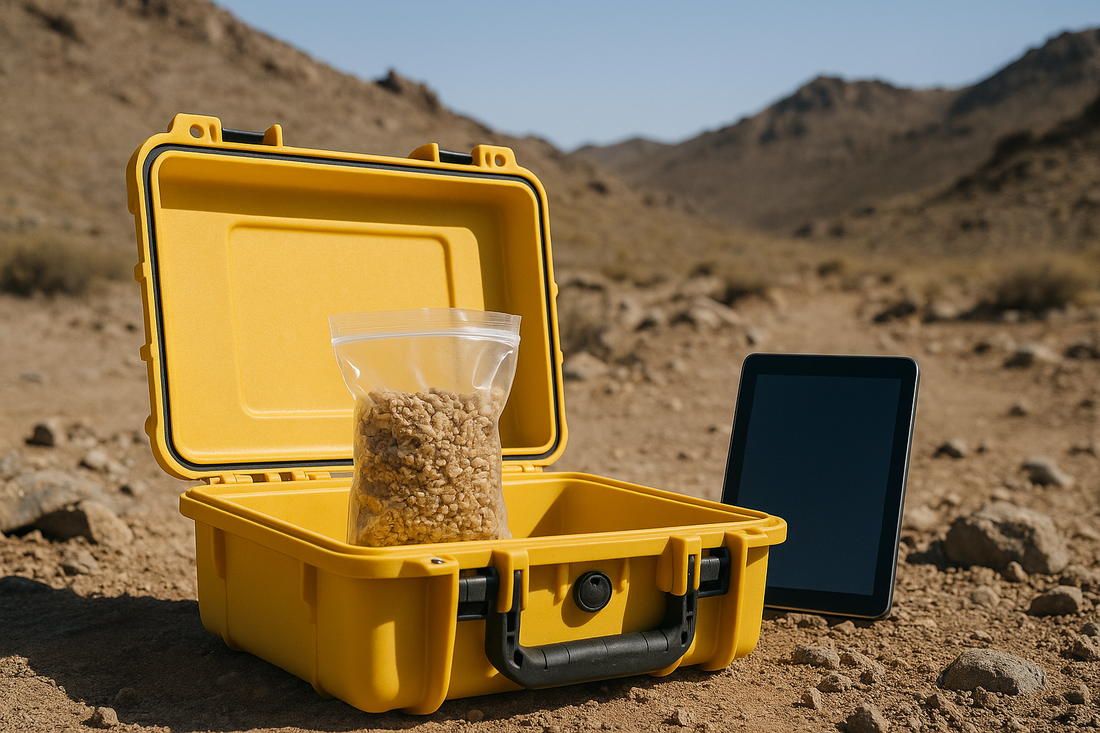
How technology has advanced and how portability and storage of food is possible today even at difficult locations.
Share
-
Dehydration Technology: Modern dehydration methods, such as freeze-drying and low-temperature dehydration, retain food nutrients, color, and flavor, making it possible to create lightweight, long-lasting products that are easy to transport.
-
Lightweight and Space-Saving: Dehydrated foods, being moisture-free, are significantly lighter and require less space, making them ideal for storage and transportation to remote or hard-to-reach locations, like mountainous regions or disaster-stricken areas.
-
Extended Shelf Life: Advanced packaging technology, such as vacuum sealing and oxygen absorbers, preserves dehydrated foods for months or even years, making them essential for emergency kits, military rations, and expeditions.
-
Compact and Convenient Packaging: Innovations in flexible packaging, such as pouches and resealable bags, add to the portability of dehydrated foods, providing convenience for travelers, campers, and relief operations.
-
Minimal Preparation Needed: Dehydrated foods often require just water to rehydrate, making them easy to prepare in remote areas with limited resources or equipment.